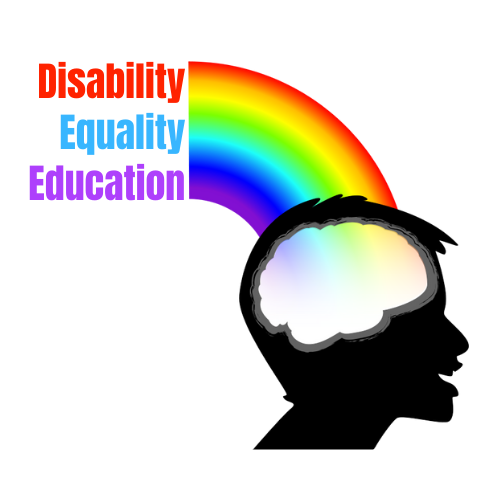Guidance
We recognize that many educators may be unsure how to create a truly inclusive classroom where disability is valued as part of human diversity. Our guidance documents offer practical support to help you navigate this work with confidence—while also addressing common misconceptions that can unintentionally exclude or harm disabled people.
